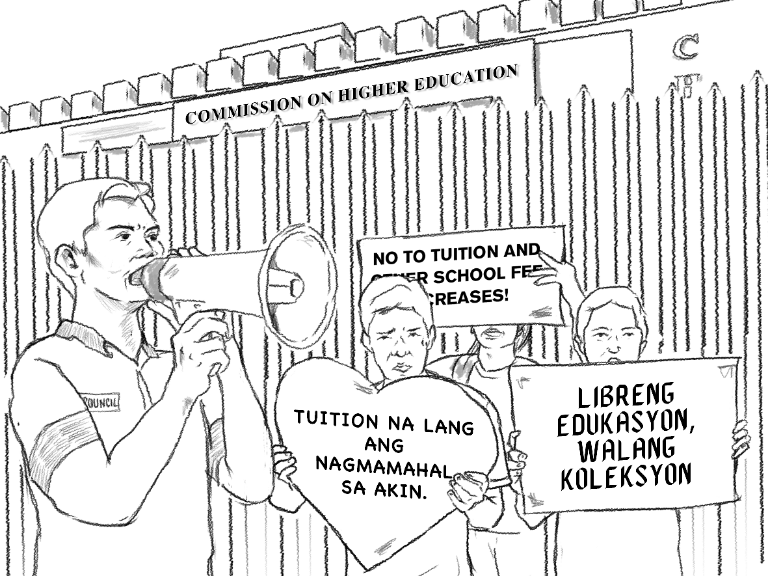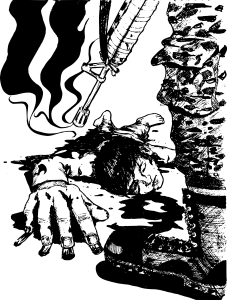Rising cost of tertiary education


Petitions for 2 to 10 percent increase in tuition and other fees increase (TOFI) for academic year 2023-2024 have been submitted by private universities and institutions to the Commission on Higher Education (CHEd). If approved, these will add to the already heavy burden of students and parents.
On average, one needs ₱130,000 to send a student to college. The entire annual income (₱120,000) of an average minimum wage worker is not enough, even if everything is spent for education. It is estimated that up to ₱2 million is needed for the completion of a 4-year college course at the country’s major universities.
Tuition, which form a large part of the cost of education, has been steadily rising in recent years. In academic year 2017-2018, tuition increases were implemented in 262 schools and other fees were raised in 235 institutions. The average that year was 6.69% or ₱86.68 per unit increase. Even at the height of the pandemic (2021-2022), CHEd allowed 56 schools to increase tuition (estimated at 4.74% or ₱29.15 per unit) and other fees (10.61% or ₱50.51).
To justify the increases, universities commonly cite the general increase in the prices of goods and for the salary of teachers and other employees. In truth, tuition and other fees are increased in the name of profit.
On May 30, for example, Centro Escolar University declared that its net income grew by 64% from ₱116 million to ₱332 million from February 2022 to February this year. This income will be distributed by the university to its shareholders in the form of dividends. The school boasts that the income comes from tuition and other fees increase, which amounts to ₱120,000 per semester. The CEU has petitioned for a 4% tuition increase for 2023.
The Far Eastern University’s net income also increased by 55.72% in 2022 to ₱1.538 billion. Despite this, it petitioned for a 4% tuition increase for 2023. The FEU is headed by Aurelio Montinola III, a businessman who formerly headed the Bank of the Philippine Islands.
Due to the very high cost of education, education becomes more inaccessible to the youth. The World Bank recorded in 2021 that for every 10 entering elementary school, only one graduates from college.
In response, hundreds of students protested on April 28 at the CHEd to oppose increases in tuition and other fees. Under the banner of Rise for Education (R4E), an alliance of students fighting for their right to education, they condemned the profiteering of capitalists in the education sector and the CHEd as their “business partner.”
Fee hikes in public universities
With the end of the TOFI moratorium in public universities, the government will now permit state universities and colleges (SUCs) and local universities and colleges (LUCs) to increase fees. This means that it will require additional funding from the government to cover the additional fees charged to students under its Free Tuition Act.
As education remains underfunded, the government will push public universities to the path of privatization and implementation of “income generating schemes” such as socialized tuition and leasing of their lands to private businesses. It is also highly likely that admissions to public universities will be reduced and limited to accommodate shrinking budgets.
The state’s neglect of education is fueling widespread indignation among the youth across the country and pushing them to the path of collective action to defend their right to education. Their anger is focused on the Marcos regime which is now the main hindrance for the promotion of genuine national, scientific, and mass-oriented education for all.









